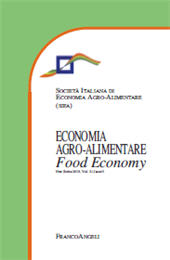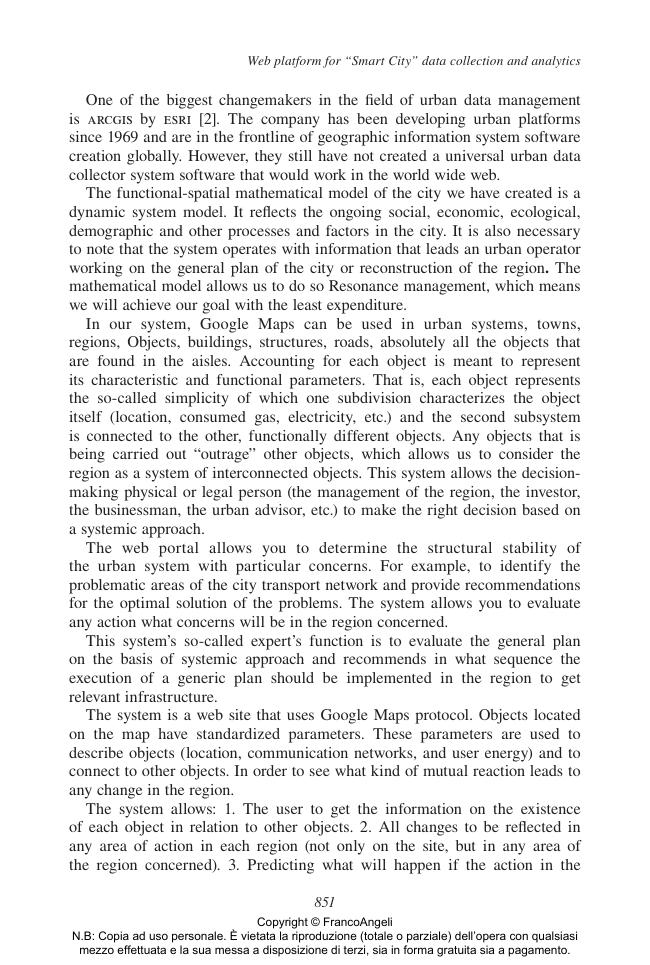Web platform for Smart City data collection and analytics
847-854 p.
The study aims to highlight that nowadays, finding ways to manage the current processes both in the regions and in cities with big agglomeration is the most important and difficult problem. A fortiori, when it concerns developed regions. While designing urban system development, management, and reconstruction projects, both managers of the cities and urbanists must take into account the opinions of specialists, who have different categories of mindsets and they "talk different languages" (Sociologists, ecologists, businessmen, etc.). Summing up the aforementioned languages in a common denominator is possible only by mathematics and computing tools. Nowadays, the problems of city management are united in the concept of "Smart city", which is usually referred to as "informational city". "Smart City" - this is an integration concept, which involves the usage of the so called "integrated imitative model" for systematic, stable, optimal decision making, as the city is a whole dynamic unity.
Today's managers of the cities, urbanists, investors, businessmen, sociologists, etc. have to deal with a huge amount of parameters, opinions and data in a nonsystematic manner. Our proposed study "Unified Web Platform of the Region and Smart Management" includes: website, Google Map, pointing object in the map, saving the objects and their parameters, mathematical and programmatic tools, cloud computing, python computing libraries, Restful api as a web service, etc. As for the web service or restful api, any software can have access to the data of the united web platform of the region through a specially defined protocol. Objects presented in the map have assigned specialized and standardized parameters, which are used by the system algorithm for the analyses and the presentation of all the structural creators of the dynamic processes of the city. This gives us the opportunity to see the whole chain of interactions, which are caused by the actions on any object of the city.
Users register on the website and they can see the parameters of the objects that are set in the map. The objects in the databases are classified by their purpose, affiliation, destination and other marks. There is an ability for users to define the status of an object on their own. Users can also add or remove objects on the map and can manipulate with the updated parameters on the map. They can evaluate the chain of results both in the time and dimensional manner. For the built-in mathematical tools and algorithms in the system, we use Algebraic topology methods, Graphs theory non-linear differential equations, the theory of disasters and bifurcation, Chaos theory, methods of mathematical statistics and more. Web platform includes all the mathematical tools and programmatic packages that are necessary for stable development of small and medium-sized business. [Publisher's text].
Is part of
Economia agro-alimentare : XXI, 3, 2019-
Articles from the same issue (available individually)
-
Information
ISSN: 1972-4802
KEYWORDS
- Platform, smart, city, management, web.



